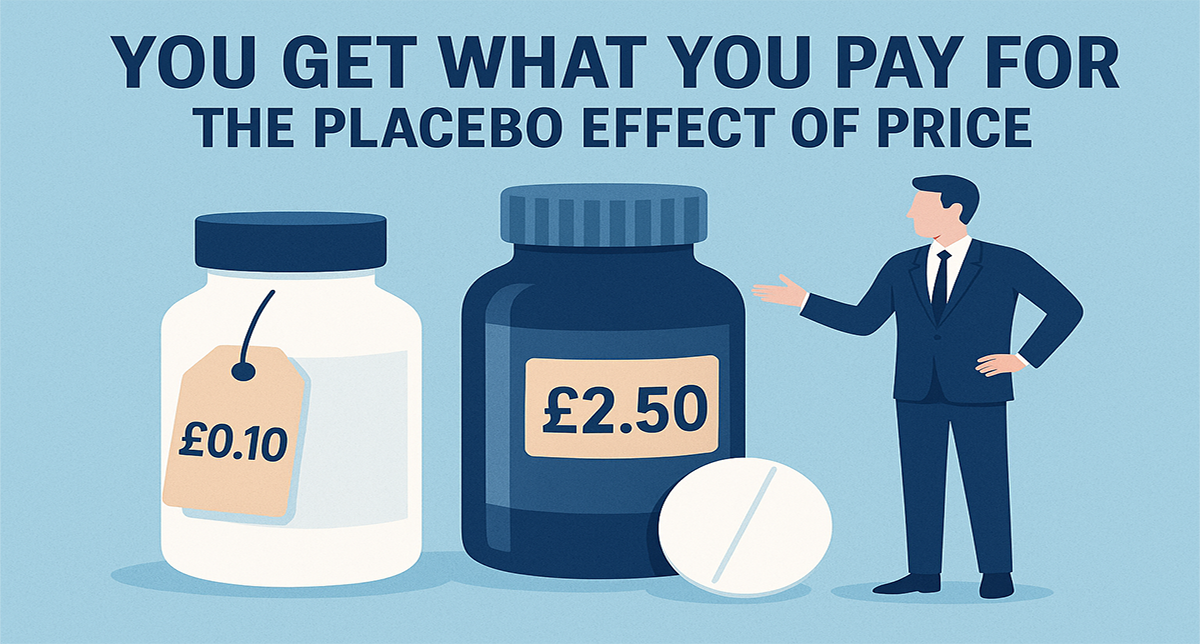Imagine you are shopping for a kitchen blender. You see two options. The cheaper one, at £89, promotes 900 watts of power and a 5-piece accessory kit. The more expensive one, at £149, is 1,200 watts and has 12 accessories.
Which one you choose will depend on an assessment of their relative value for money. It’s not immediately apparent, though, that the more expensive option is better value. It’s slightly less than 35% more powerful but costs nearly 70% more. It does have more than twice as many plastic accessories, but what are they worth?
Now consider the two in light of a third option. This one, for £125, offers 1,000 watts and nine accessories. It enables you to make what feels like a more considered comparison. For £36 more than the cheaper option, you get four more accessories and an extra 100 watts of power. But if you spend just £24 extra, you get a further three accessories and 200 watts more power. Bargain!
That is the decoy effect in action. When it comes to the matter of sustainability there are so many opportunities to employ this bias, but beware of alienating shoppers. Men in particular are likely to buy nothing rather than risk buying the wrong item.
- Consider the context - When looking at the environmental credentials of your brand, do so in context. Is there a competitor that is the decoy or are you perhaps the decoy for a competitor?
- Do the maths – Often, shoppers fail to actually work out the cost vs. value of making more sustainable purchase decisions, and will just buy the 1 that ‘shouts’ loudest. When designing your sustainability messages, make sure to factor in what they physically look like to shoppers.
- Size matters – Shoppers see numbers in a larger font as being of higher magnitude, so be careful when deciding the relative sizes of the sustainability related numeric information that you want to present to shoppers.
Retailers have been deploying the decoy effect for a long time now. Unfortunately, when found out, the media has a field day. Work with this bias, but do so in a way that is good for the planet as well as your brand.

.jpg)




